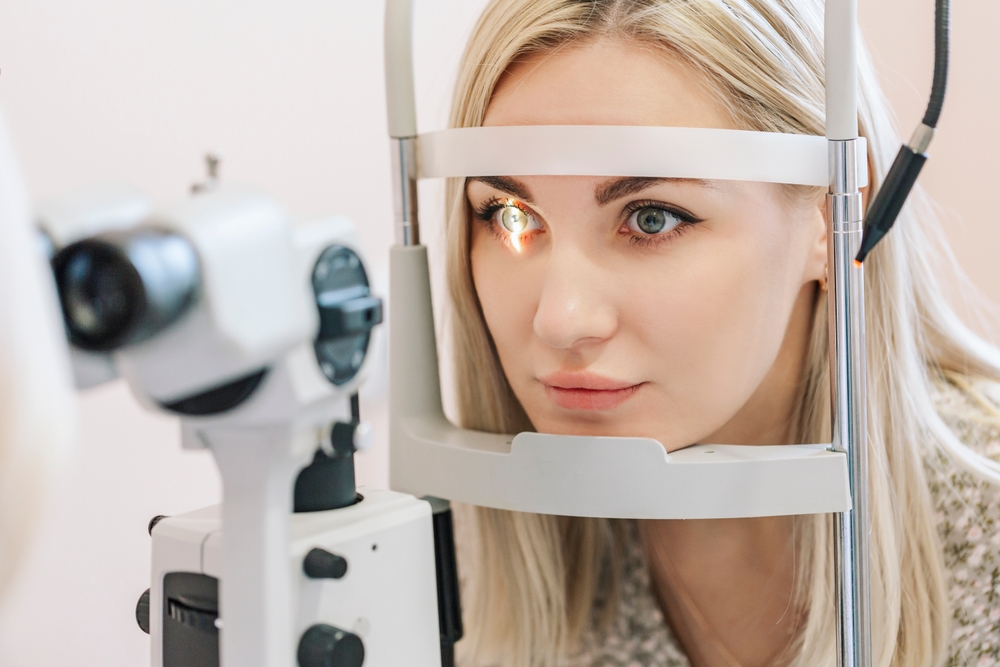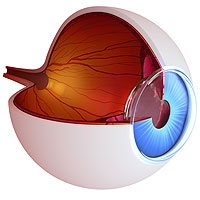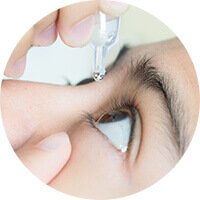Have you ever wondered exactly what goes on during the LASIK procedure? LASIK is a technologically advanced yet relatively straightforward procedure that has helped many gain greater visual freedom.
If you’re considering LASIK, it’s important to learn about the procedure so you can know what to expect. Keep reading to find out what happens during the LASIK procedure!
What Is LASIK?
LASIK, or “laser-assisted in situ keratomileusis,” is the most popular laser eye surgery. It permanently corrects refractive errors, including nearsightedness, farsightedness, and astigmatism.
A refractive error is a problem with how the eye bends or refracts light. Refraction is very important for clear vision.

In order to get to the light-sensitive retina at the back of the eye, the light rays must first pass through the cornea, the transparent surface of the eye. The cornea helps to bend the light onto the retina in order for you to have clear vision.
If you have a refractive error, though, the eye is unable to bend light properly due to its shape. Instead of precisely hitting the retina, light may be directed behind it or in front of it.
As a result, images appear unfocused. LASIK corrects a refractive error by reshaping the cornea.
That way, light goes exactly where it is supposed to, allowing you to see clearly. After LASIK, most patients are able reduce their dependence on glasses and contacts.
LASIK can make your wish of visual freedom a reality. Do you want to learn if you might be a candidate for LASIK?
What Happens During LASIK?
LASIK is a safe and quick outpatient procedure. It is performed on one eye at a time, and you’ll be awake for the procedure.

Prior to the start of the procedure, eye drops will be administered to numb the eye so you are comfortable. You will feel some mild pressure on the eye.
There are two primary steps to the LASIK procedure. First, your LASIK surgeon will create a thin flap in the outermost layer of the cornea using either a blade or laser.
This flap is carefully folded back to access the cornea area that needs reshaping. Second, an excimer laser is used to alter the shape of the cornea.
This is done by removing tiny amounts of tissue. With these slight adjustments, the curvature of the cornea is corrected.
Lastly, the flap is positioned back in place to heal naturally during your recovery.
How Long Does the LASIK Procedure Take?
LASIK is a quick procedure that takes about fifteen minutes or less per eye. The actual vision correction portion of the procedure, the reshaping of the cornea, takes a matter of seconds.
In less than a minute, your vision is permanently corrected. LASIK is so quick because it is minimally invasive and precise, using lasers that work on a microscopic level and are operated by highly skilled surgeons.

Can I Go Home After the LASIK Procedure?
Because LASIK is an outpatient procedure, you can go home as soon as it’s complete. You will be able to see, but your vision will likely be blurry as the numbing agent wears off.
Because of this, driving yourself is not safe, so it’s important to arrange a ride home. It is normal for you to feel some discomfort after your procedure.
Even though it is minimally invasive, your eyes have just undergone surgery. They may feel itchy or gritty.
It’s also common for them to be watery. These effects are usually quite mild and fade quickly.
What Is Recovery From LASIK Like?
Just as the procedure itself is fast, the recovery period for LASIK is also fast. You can typically expect your vision to clear up within a couple of days.
Most people feel good enough to get back to their normal schedule within a day or two. It can take a couple of months for your new vision to stabilize and up to six months for your eyes to fully heal.
During this time, your vision will continue to improve. While you can resume most activities within a couple of days, you should refrain from wearing makeup and swimming until your eye doctor gives you the okay.
You should also be careful when cleaning your eyes and face and avoid rubbing your eyes. Ready to schedule your LASIK Consultation?
How Do I Know if LASIK Is Right For Me?
For those who are nearsighted, farsighted, or have an astigmatism and want to stop relying on glasses or contacts all the time, LASIK may be right for you. Talk to your doctor if you are interested in LASIK.
They will be able to tell you whether you are a good candidate for this procedure during your consultation. Some people may not qualify for LASIK.
This includes people with thin corneas, people who are pregnant, or people who have a refractive error that is too high for LASIK to correct. You must also be at least eighteen years old.
If you are forty or older, you may be better suited for another procedure.
Would you like to trade a lifetime of wearing glasses or contacts for visual freedom? Schedule your free LASIK consultation at Eye Care Specialists in Wilkes-Barre, PA, today!

















